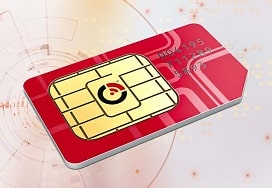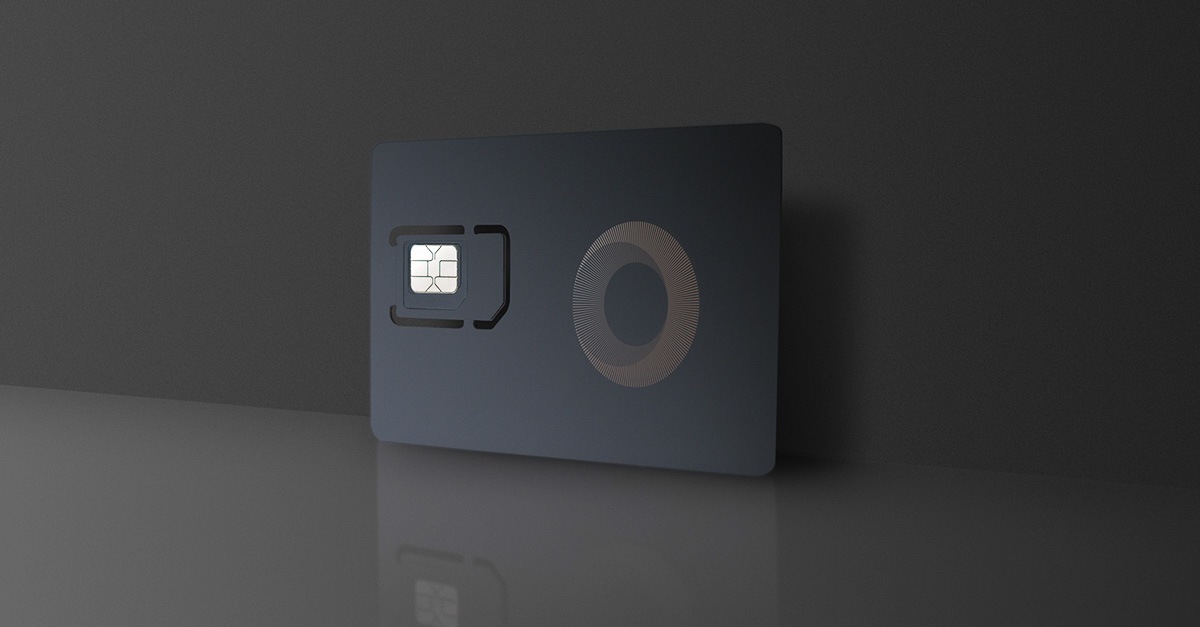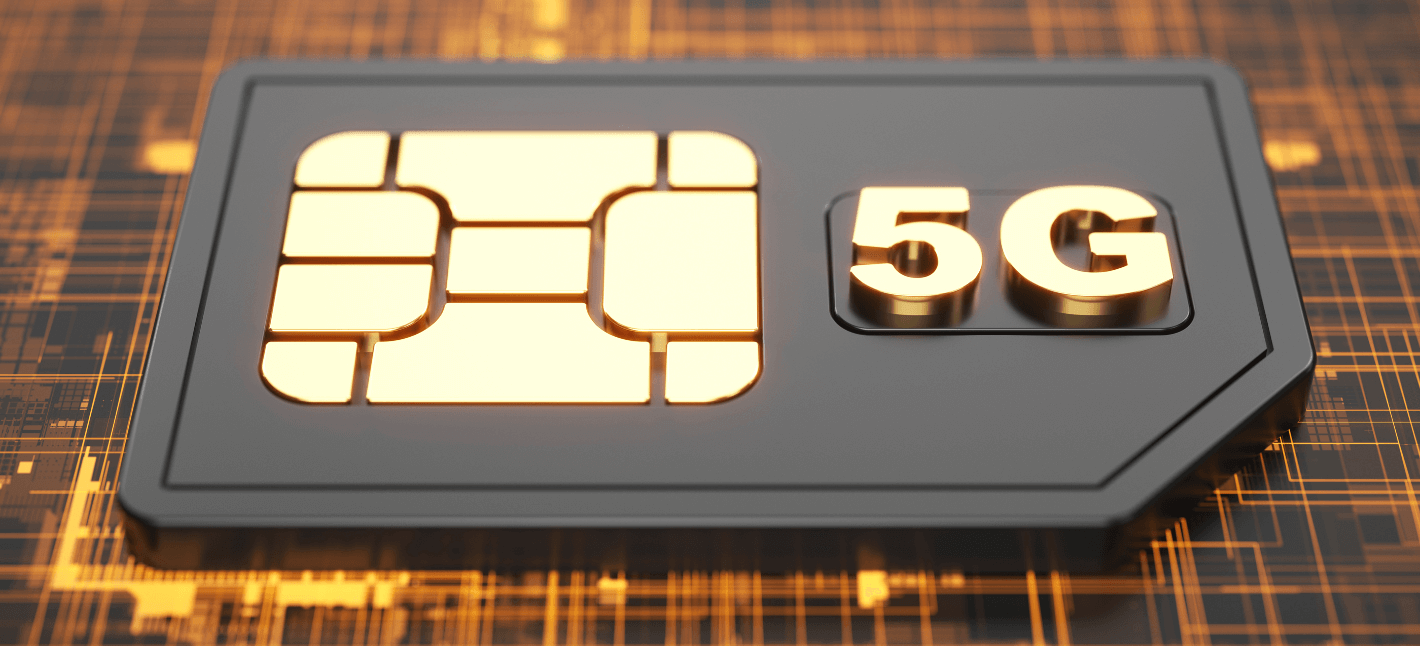Remote Access Iot Devices Examples IoT Security Risks and Solutions
In the landscape of the Internet of Things (IoT), connectivity standards and protocols play a vital position in making certain units can communicate seamlessly. As extra units are related, the need for efficient interoperability will increase, resulting in a variety of standards that serve totally different use cases and necessities. This comparison of IoT connectivity standards and protocols highlights the nuances that differentiate every expertise, offering a clearer understanding of which might suit specific applications.
LoRaWAN (Long Range Wide Area Network) is certainly one of the dominant protocols often utilized in IoT purposes that require long-range communication. Its low energy consumption makes it notably effective for battery-operated devices, enabling them to function for several years while not having a battery alternative. The protocol is designed for broad area networks, making it suitable for urban, rural, and remotely deployed gadgets corresponding to environmental screens and smart city applications.
On the opposite end of the spectrum, MQTT (Message Queuing Telemetry Transport) is a lightweight protocol designed for resource-constrained gadgets and low-bandwidth, high-latency networks. Due to its publish-subscribe mannequin, it allows gadgets to speak in near real-time, making it particularly well-liked for applications in smart properties and industrial automation. Iot Devices Examples. MQTT just isn't constrained by location, enabling devices to communicate no matter the place they are situated, as lengthy as there might be web entry.
Benefits Of Remote Access Iot Devices IoT Monitoring Devices Maintenance Overview
Zigbee and Z-Wave are two different protocols which have gained traction, particularly in home automation contexts. Zigbee operates on low power and is designed for low knowledge rate wireless personal space networks. With its mesh networking functionality, it facilitates communication between a quantity of devices, creating a robust network that may lengthen its vary considerably. Z-Wave, while similar, sometimes operates on a lower frequency and has a definite structure that tends to work better in indoor settings. Its focusing on of shopper merchandise gives it an edge in user-friendly purposes.
Bluetooth also performs an important position in IoT connectivity, particularly in wearable expertise and close by communication eventualities. The introduction of Bluetooth Low Energy (BLE) has expanded its performance by permitting gadgets to speak with minimal battery utilization. This protocol is good for functions the place low energy is crucial however nonetheless requires an affordable information throughput. The vary tends to be shorter, making it appropriate for environments like private health units, smart locks, and different proximity-focused technologies. Best Remotely Access Iot Devices Web.
Another important player within the IoT area is Cellular connectivity, including LTE and the rising 5G networks. These technologies offer excessive knowledge rates and widespread protection, making them ideal for functions that require real-time data switch, similar to autonomous vehicles and distant surveillance systems. However, their energy consumption is generally greater in comparison with different protocols, which may be a limiting issue for IoT devices with battery constraints. The evolution of 5G is especially exciting, because it promises to facilitate even bigger numbers of linked units with decrease latency.
Iot Devices Examples What Is the Internet of Things?
A lesser-known, but impactful, standard is NB-IoT (Narrowband IoT), specifically designed for low-power, wide-area networks. It supports a excessive number of related gadgets over a larger space, making it well-suited for rural applications, smart metering, and smart agriculture. Its low bandwidth requirements are adequate for transmitting small data packets, allowing gadgets to function effectively with minimal energy consumption.

Comparing these protocols, a big issue to contemplate is the balance between range, energy consumption, and information fee. Zigbee and Z-Wave excel in mesh networks but may not cover as broad an space as LoRaWAN. Meanwhile, protocols like MQTT can prioritize information transfer efficiency over distance. The selection between using a cellular framework or a specialised IoT protocol how iot devices are managed? usually hinges upon the particular needs of an application, including geographic and technical constraints.
Security remains a pressing concern throughout IoT implementations. With the number of connectivity standards, guaranteeing safe communication is paramount. Various protocols handle safety in different ways, incorporating measures such as encryption and authentication protocols to safeguard data. MQTT, as an example, permits for secure connections and payload encryption, whereas protocols like LoRaWAN have mechanisms to authenticate units speaking over the community.
Example Of Iot Devices IoT Connectivity Types Overview
Compatibility is another important facet. As manufacturers increasingly develop IoT solutions, the ability to connect devices from different vendors is key. Standards like Zigbee and Z-Wave have established certification programs to authenticate devices’ interoperability. This compatibility fosters a extra cohesive smart residence environment, permitting units to work in live performance quite than isolation.
Future developments in IoT connectivity standards are regularly expanding the possibilities. Researchers and trade consultants are growing superior protocols that combine the strengths of existing technologies whereas addressing their weaknesses. The integration of synthetic intelligence (AI) and machine studying into IoT networks is further enhancing automation and data evaluation, pushing protocols to evolve and enhance in real-time.
How Iot Devices Are Managed? What Is the Internet of Things?

Ultimately, selecting an IoT connectivity standard or protocol is not merely a technical determination; it should align with the targets of the appliance and the needs of its customers - Iot Devices Examples. The right alternative could mean the distinction between a profitable deployment and a project plagued by interoperability challenges, unnecessary costs, or lowered efficiency.
As IoT technology continues to mature, the importance of understanding and choosing acceptable connectivity standards and protocols will solely grow. Industry participants and developers should stay vigilant of developments and changes that impact the ecosystem. Knowledge of these protocols is important, because it equips stakeholders to make knowledgeable choices that will define the next era of connectivity.
In conclusion, the comparability of IoT connectivity standards and protocols reveals a fancy however fascinating panorama. By understanding the advantages and limitations of every standard, builders could make educated choices that will optimize their IoT deployments, enhancing efficiency and effectiveness and ultimately paving the way for a more related and intelligent future.
Iot Devices Examples 2024 IoT Smart Device Trends

- Various IoT connectivity standards, similar to MQTT, CoAP, and HTTP, cater to totally different data transmission needs, influencing effectivity and utility suitability.
- MQTT is light-weight and optimized for high-latency networks, making it best for low-bandwidth, resource-constrained devices.
- CoAP supports RESTful interactions and operates over UDP, permitting for decreased overhead in comparability with traditional protocols used over TCP.
- Zigbee and Z-Wave focus on low-power, low-data applications, excellent for smart residence units and sensor networks.
- NB-IoT and LTE-M offer cellular connectivity particularly designed for IoT functions, providing wider coverage and higher penetration in city environments.
- Wi-Fi and Bluetooth, while prevalent, can battle with energy consumption and scalability in giant IoT ecosystems, making them less perfect for sure use cases.
- LoRaWAN enables long-range, low-power communication, ideal for functions in distant areas requiring infrequent data transmission.
- Each standard or protocol could come with unique safety features, influencing the choice based on the IoT deployment's risk model.
- The growing development of multi-protocol environments allows gadgets to modify between standards, enhancing flexibility and interoperability within IoT ecosystems.
- Compatibility points can arise from various IoT connectivity standards, necessitating careful planning to make sure seamless communication across devices and platforms.undefinedWhat are the primary IoT connectivity standards available today?
The main IoT connectivity standards embody MQTT, CoAP, LoRaWAN, Z-Wave, Zigbee, and cellular standards like NB-IoT and LTE-M. Each of these standards serves completely different use instances, providing varying ranges, energy consumption, and knowledge transmission capabilities.
Ssh Iot Devices Free What Is IoT Device Management?
How does MQTT differ from CoAP in phrases of use cases?
MQTT is designed for high-latency and low-bandwidth environments, making it glorious for scenarios requiring dependable messaging, such as remote monitoring. CoAP, however, is tailored for constrained gadgets and networks, making it suitable for purposes like smart residence automation where simplicity and effectivity are crucial.
Iot Devices IoT Security Risks and Solutions
What elements ought to I consider when selecting an IoT check this site out protocol for my application?
Key components include the application’s requirements for range, energy consumption, information payload size, and network situations. Additionally, contemplate the level of security and scalability needed, in addition to infrastructure and gadget interoperability.
Ssh Iot Devices IoT Connections Worldwide 2022-2033
Is safety a significant concern when evaluating IoT connectivity standards?
Yes, safety is a paramount concern. Different standards provide varying levels of security features, like information encryption and authentication measures. It’s important to evaluate how each standard addresses potential vulnerabilities to make sure the protection of sensitive information.
Remotely Access Iot Devices Ssh Web What Is the Internet of Things?
Which connectivity protocol is greatest for long-range communication?
LoRaWAN is often thought of one of the best for long-range communication due to its capacity to cowl distances of as much as 15 kilometers in rural areas. It is especially effective in applications like agricultural monitoring and smart metropolis deployments where gadgets are spread out over massive areas.
How do power consumption ranges differ among completely different IoT protocols?
Remote Ssh Into Iot Devices What Is Internet of Things?
Power consumption varies significantly amongst protocols. For example, LoRaWAN and Zigbee are designed for low energy usage, appropriate for battery-operated devices needing lengthy operational life. In contrast, cellular protocols like NB-IoT may devour more energy but supply greater bandwidth for crucial functions.

Can a number of connectivity standards coexist in the same IoT environment?
Yes, multiple connectivity standards can coexist within the similar environment. This permits for greater flexibility and integration of varied units throughout different purposes. However, it does require a well-architected system that may handle and route data between totally different protocols successfully.
What role does scalability play in choosing an IoT connectivity standard?
Web Ssh Access Iot Devices Free Getting Started with IoT Devices
Scalability is essential when selecting a connectivity standard, especially for purposes anticipated to develop over time. Some protocols enable for easy addition of devices and seamless integration into existing networks, while others might have limitations that would hinder enlargement.
Are there particular industries that favor explicit IoT protocols?
Remote Access Iot Devices Examples IoT Devices and Security Overview
Yes, specific industries often favor particular IoT protocols based on their unique requirements. For example, smart agriculture tends to favor LoRaWAN because of its long range, while home automation usually makes use of Zigbee or Z-Wave for his or her low energy consumption and mesh networking capabilities.